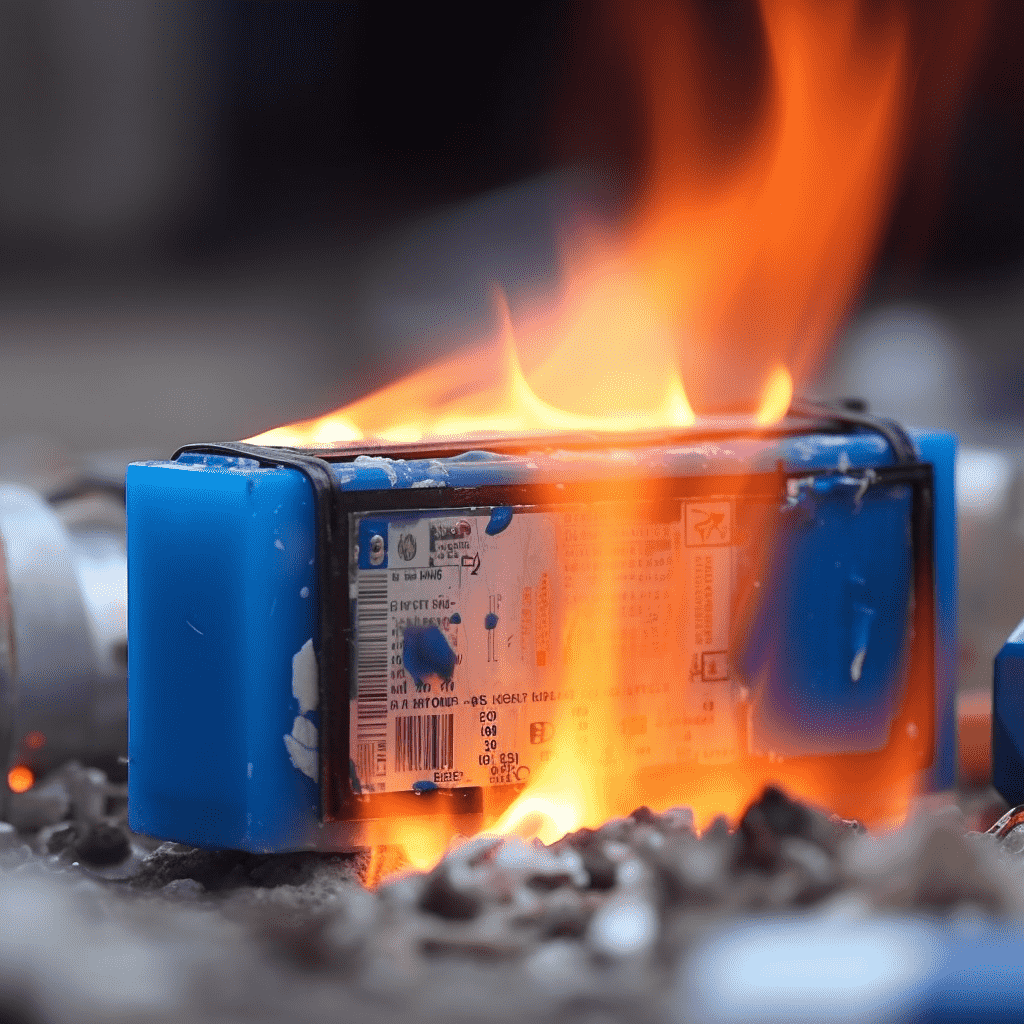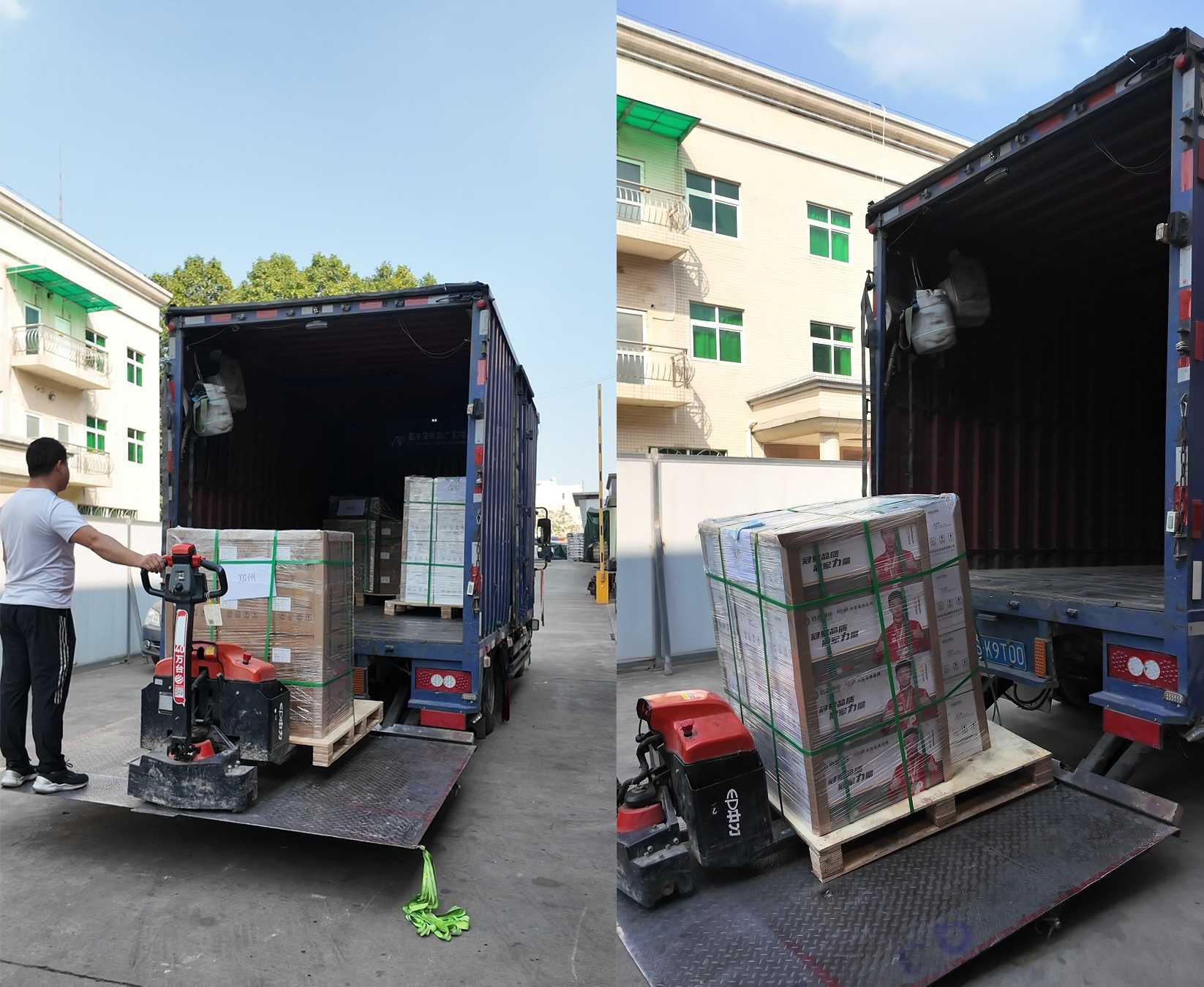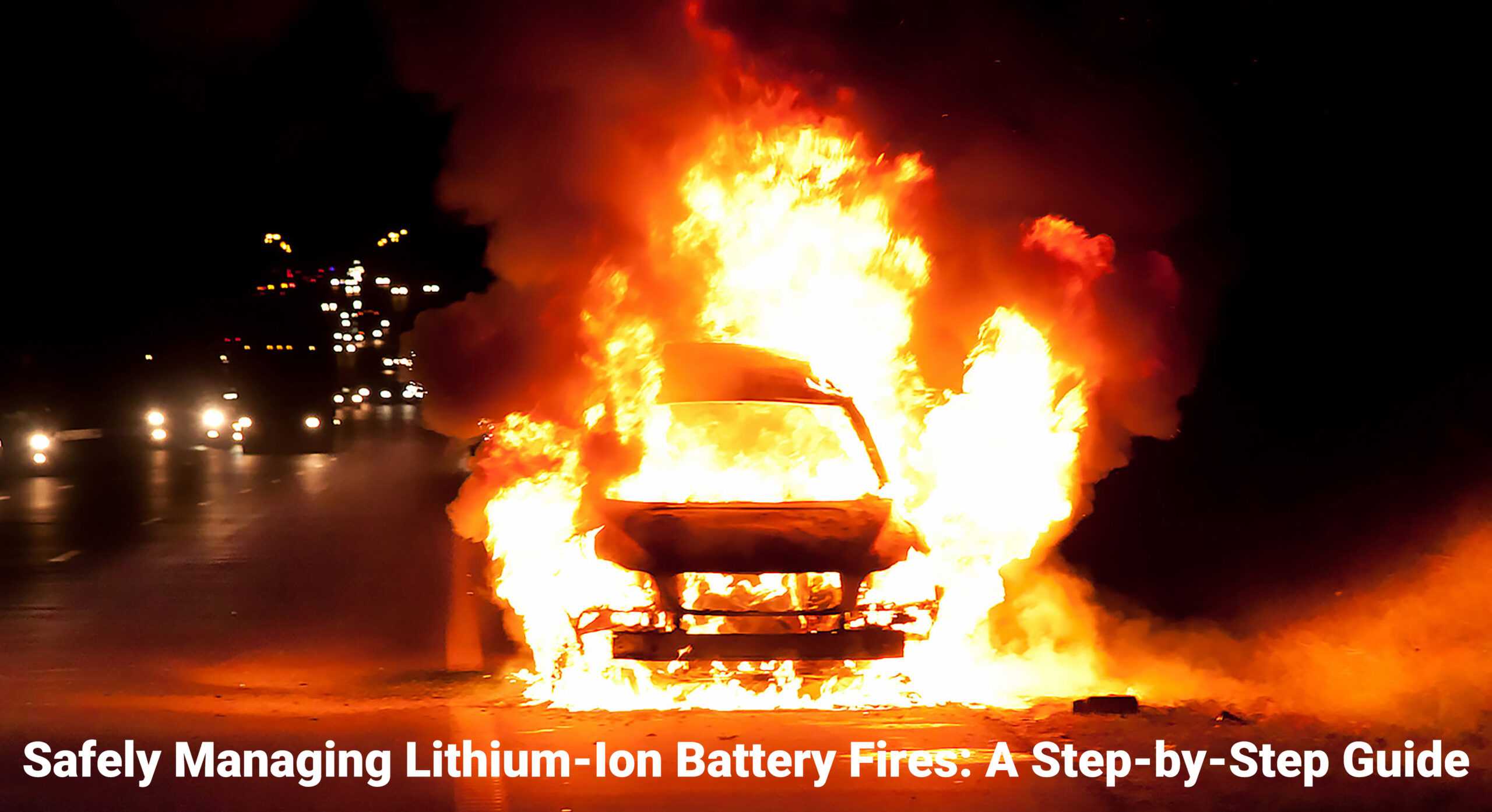UK Government Solar Energy Policy 2023 – 2024
The UK government aims to increase solar energy capacity significantly by 2024. The policy focuses on enhancing renewable energy sources, offering incentives for solar installations, and promoting energy efficiency. Key initiatives include financial support for households and businesses, streamlined planning processes, and commitments to achieve net-zero carbon emissions by 2050.
Overview of the UK Solar Energy Policy
The UK government’s solar energy policy for 2024 is a vital component of its broader strategy to transition towards renewable energy sources. With climate change posing urgent challenges, the government is committed to expanding solar energy infrastructure, thereby reducing reliance on fossil fuels and enhancing energy security.
Key Objectives of the Solar Energy Policy
- Increase Solar Capacity: The UK government aims to double the current solar capacity by 2024, focusing on both residential and commercial installations.
- Financial Incentives: Various financial support mechanisms will be introduced, including grants, tax breaks, and feed-in tariffs to encourage investment in solar technology.
- Streamlined Planning Processes: To facilitate quicker installations, the government plans to simplify the planning permission process for solar projects.
- Community Engagement: Policies will encourage community-led solar projects, allowing local groups to benefit from renewable energy production.
- Integration with Other Renewable Sources: The policy will promote the integration of solar power with other renewable sources like wind and hydroelectricity to create a more resilient energy grid.
Benefits of Solar Energy Adoption
- Environmental Impact: Increasing solar capacity will significantly reduce greenhouse gas emissions, contributing to the UK’s goal of achieving net-zero emissions by 2050.
- Economic Growth: The expansion of the solar industry is expected to create thousands of jobs in manufacturing, installation, and maintenance sectors.
- Energy Independence: By investing in domestic solar energy production, the UK can reduce its dependence on imported fossil fuels, enhancing national energy security.
- Lower Energy Bills: Households and businesses that install solar panels can benefit from reduced electricity bills and potential income from selling excess energy back to the grid.
Latest News
- The UK government has announced a new funding initiative aimed at supporting small businesses in adopting solar technology.
- Recent reports indicate a surge in public interest in renewable energy solutions following rising energy costs.
- The government is collaborating with local councils to identify suitable sites for large-scale solar farms.
- New regulations are set to be introduced that will simplify the planning process for residential solar installations.
Redway Expert Comment
As experts in Lithium LiFePO4 battery technology at Redway Battery, we understand the critical role that renewable energy plays in achieving sustainability goals. The UK government’s commitment to expanding solar energy aligns perfectly with our mission to provide efficient battery solutions that complement renewable sources. Our advanced batteries can store solar energy effectively, ensuring reliability and efficiency for users. We encourage stakeholders to explore our innovative battery solutions tailored for renewable applications.”
Challenges Facing Solar Energy Implementation
- Initial Costs: Despite financial incentives, the upfront cost of installing solar panels can still be a barrier for many households and small businesses.
- Grid Integration: As more solar power is added to the grid, challenges related to grid stability and management may arise.
- Public Awareness: Increased efforts are needed to educate the public about the benefits of solar energy and available incentives.
- Weather Dependency: Solar energy production is dependent on weather conditions, which can lead to variability in power generation.
Future Outlook for Solar Energy in the UK
The future of solar energy in the UK looks promising as government policies evolve to support sustainable practices. Continuous investment in research and development will lead to advancements in solar technology, making it more efficient and accessible. With public support and engagement, the UK can achieve its ambitious renewable energy targets while fostering economic growth and environmental stewardship.
Conclusion
The UK government’s solar energy policy for 2024 represents a significant step towards a sustainable future. By increasing capacity, providing financial incentives, and simplifying regulations, the government aims to make solar energy an integral part of the national energy mix. As we move forward into this new era of renewable energy, Redway Battery remains committed to supporting this transition through innovative battery solutions that enhance efficiency and reliability in harnessing solar power.
FAQs
What are the main points of the UK Government Solar Energy Policy 2024?
The UK Government’s Solar Energy Policy 2024 focuses on significantly increasing solar power capacity as part of the broader Great British Energy (GB Energy) initiative. Key points include:
- Investment Increase: The government plans to quadruple investment in solar energy, aiming for a substantial increase in installed capacity.
- Job Creation: The initiative is expected to create approximately 200,000 new jobs in various sectors related to solar energy.
- Community Engagement: The policy emphasizes local partnerships to develop solar farms and rooftop installations, allowing communities to benefit directly from renewable energy projects.
- Energy Security and Cost Reduction: The policy aims to reduce dependency on imported fossil fuels and lower household energy bills by an estimated £300 annually.
How will the UK Government Solar Energy Policy 2024 impact the renewable energy sector?
The policy is set to transform the renewable energy landscape by significantly increasing solar capacity, enhancing energy security, and promoting local economic growth. It aligns with the UK’s commitment to achieving net-zero carbon emissions by 2030 and is expected to stimulate investment in renewable technologies, thereby accelerating the transition toward a sustainable energy system.
What are the key benefits of the UK Government Solar Energy Policy 2024 for consumers?
Key benefits for consumers include:
- Lower Energy Bills: The anticipated reduction in household energy costs by an average of £300 per year due to increased solar generation.
- Enhanced Energy Security: By boosting domestic solar production, consumers will be less vulnerable to fluctuations in fossil fuel prices.
- Community Benefits: Local projects will reinvest profits into communities, potentially leading to further discounts on energy bills or funding for local initiatives.
How does the UK Government Solar Energy Policy 2024 compare to previous policies?
Compared to previous policies, the 2024 Solar Energy Policy represents a more ambitious and integrated approach. Earlier policies had focused on incremental increases in capacity without a comprehensive framework for community involvement or job creation. The new policy aligns with broader goals of energy independence and economic revitalization, reflecting a shift towards a more proactive stance on renewable energy.
What are the main challenges faced by the UK in implementing the Solar Energy Policy 2024?
Challenges include:
- Infrastructure Development: Upgrading grid infrastructure to accommodate increased solar generation capacity.
- Regulatory Hurdles: Streamlining planning processes for new solar projects while balancing land use concerns.
- Investment Attraction: Ensuring that sufficient private investment flows into solar projects amidst competition from other renewable technologies.
- Public Acceptance: Gaining community support for large-scale solar installations, particularly in rural areas where land use may be contentious.















